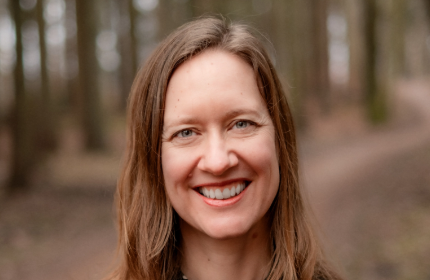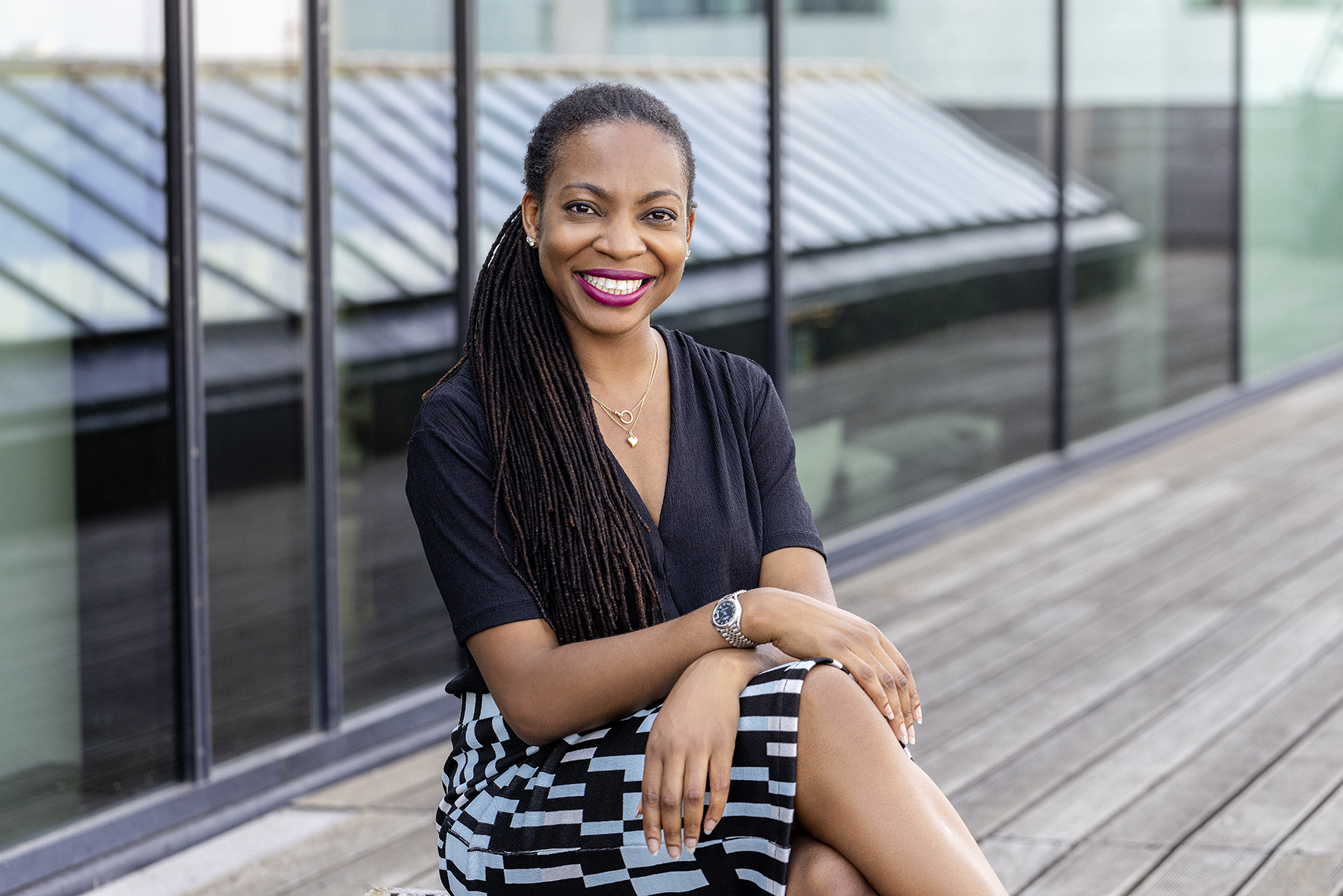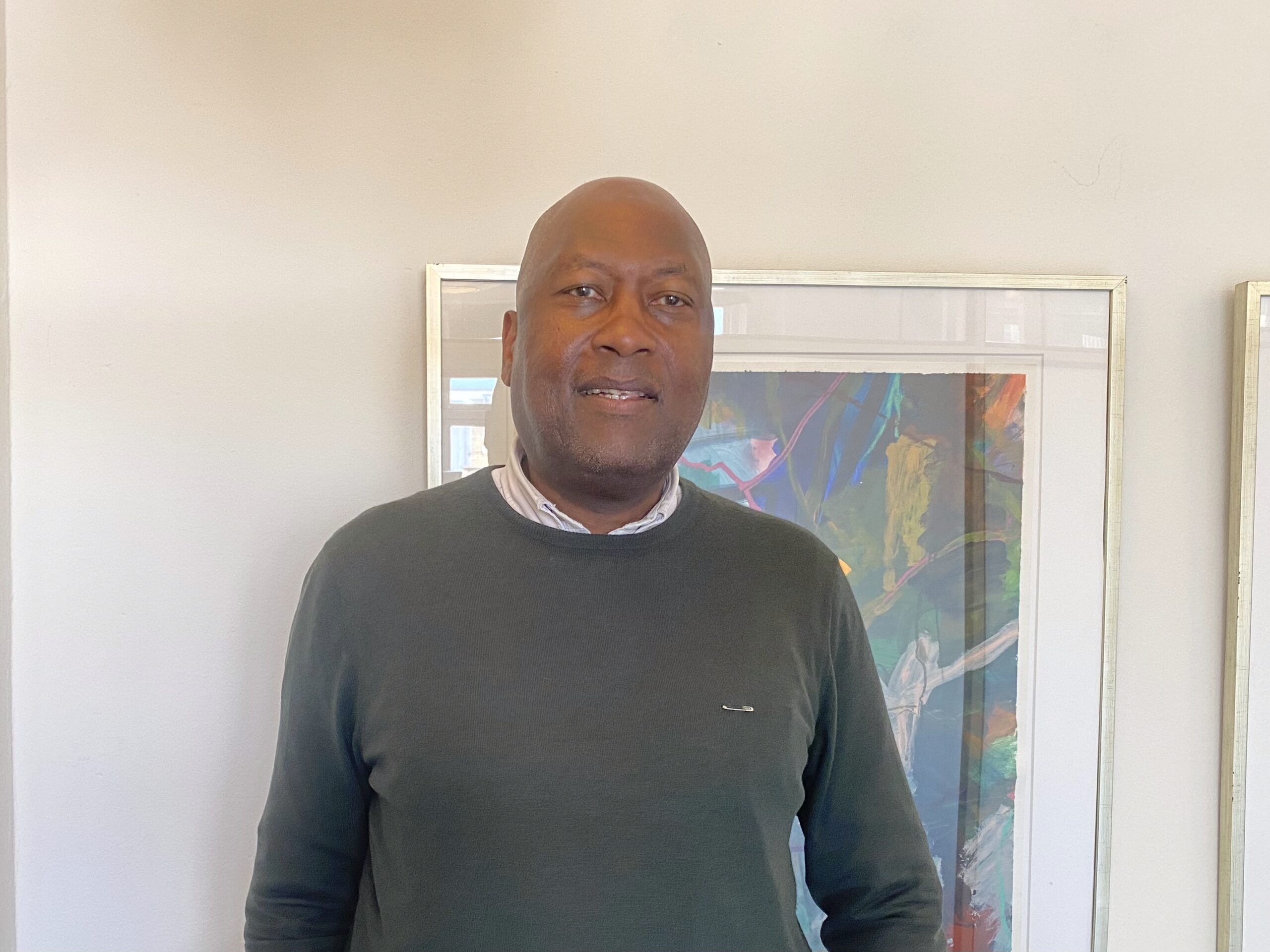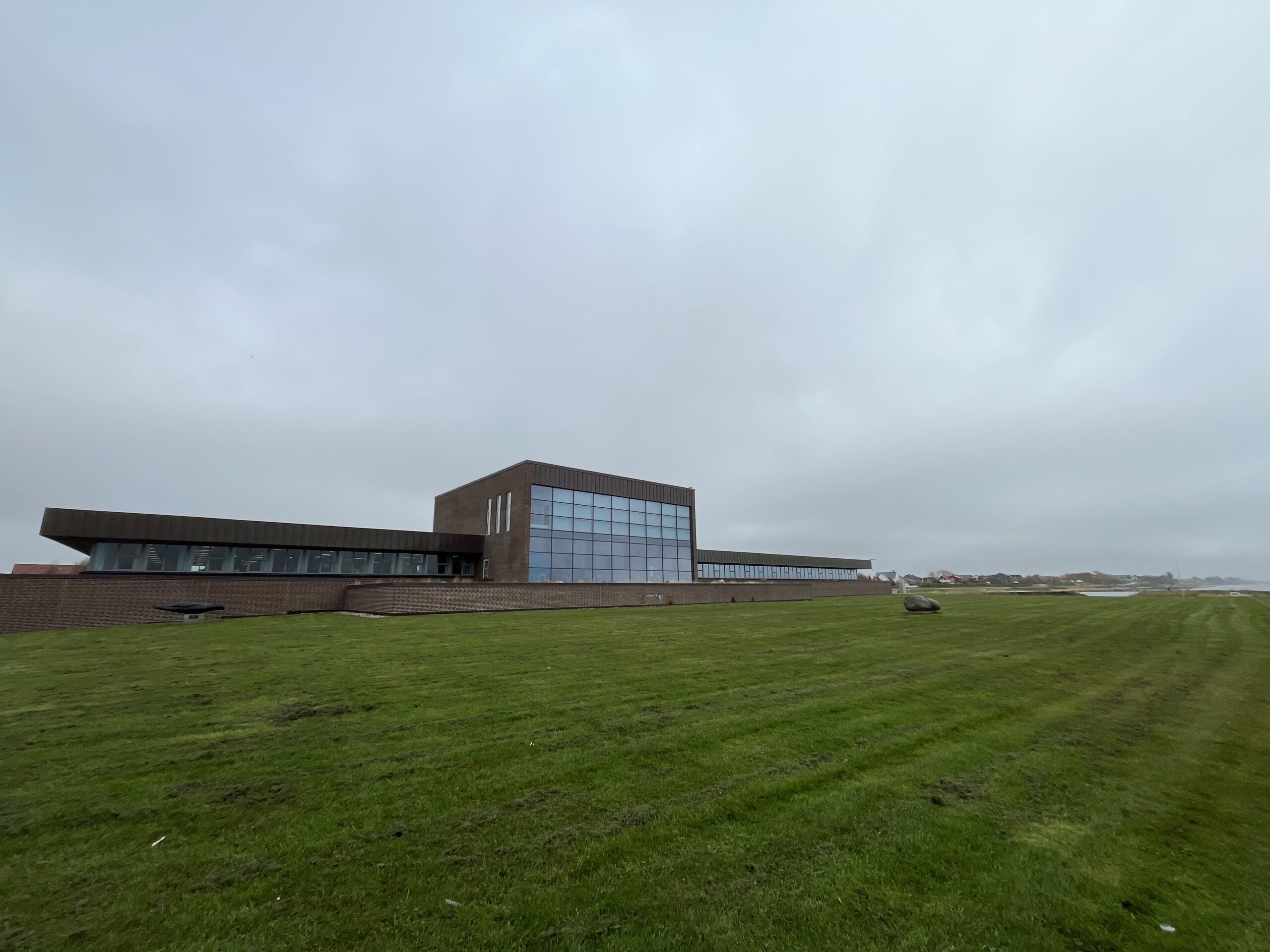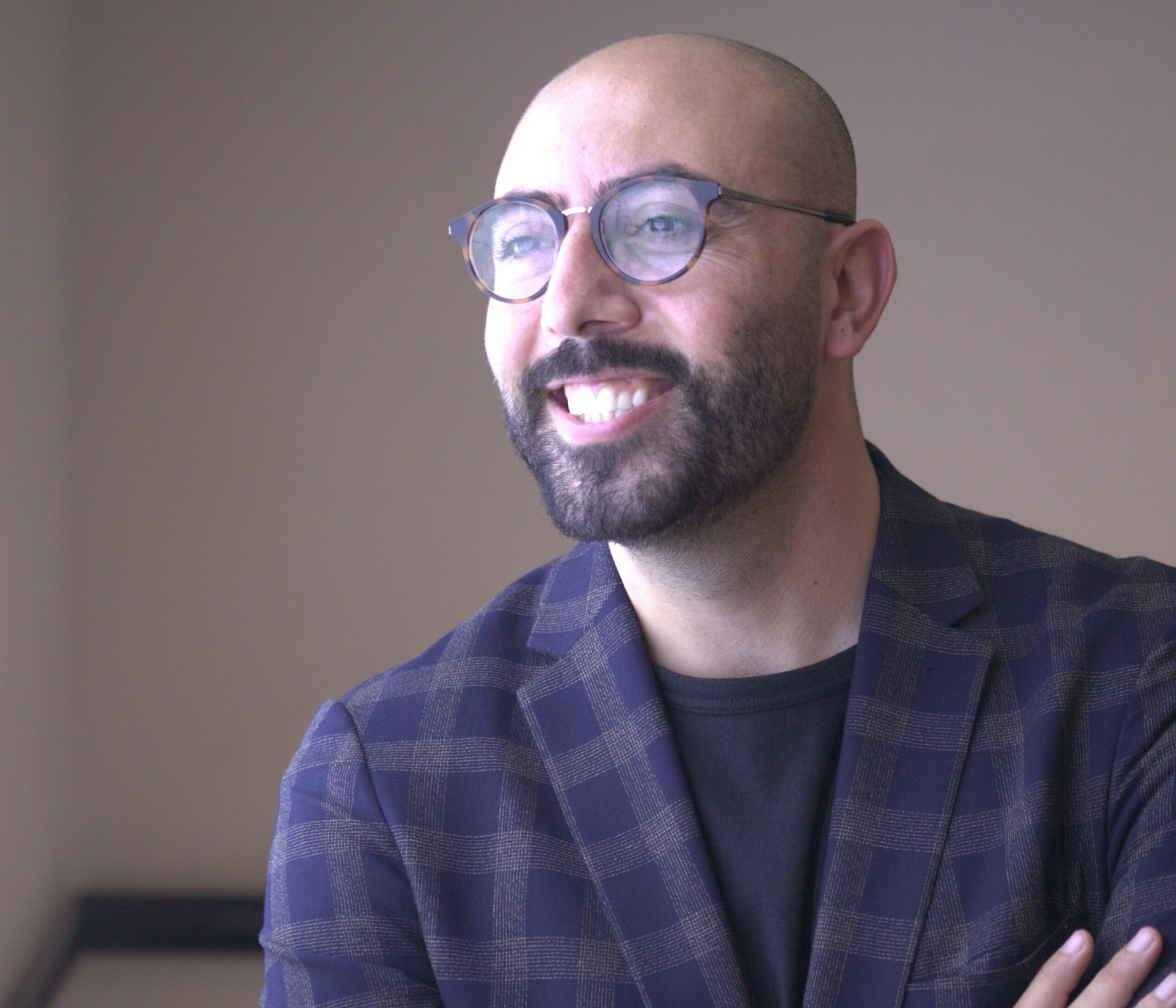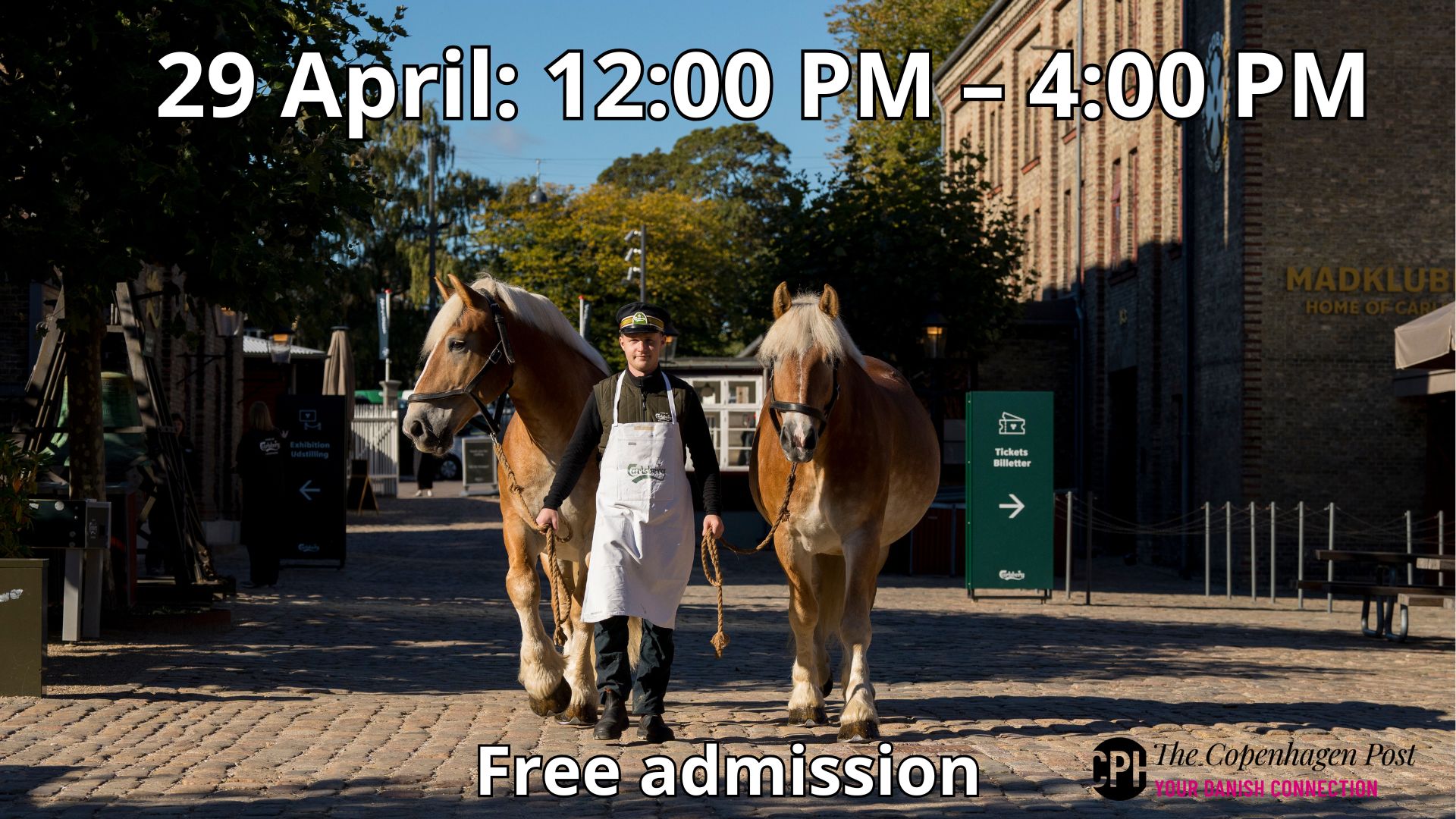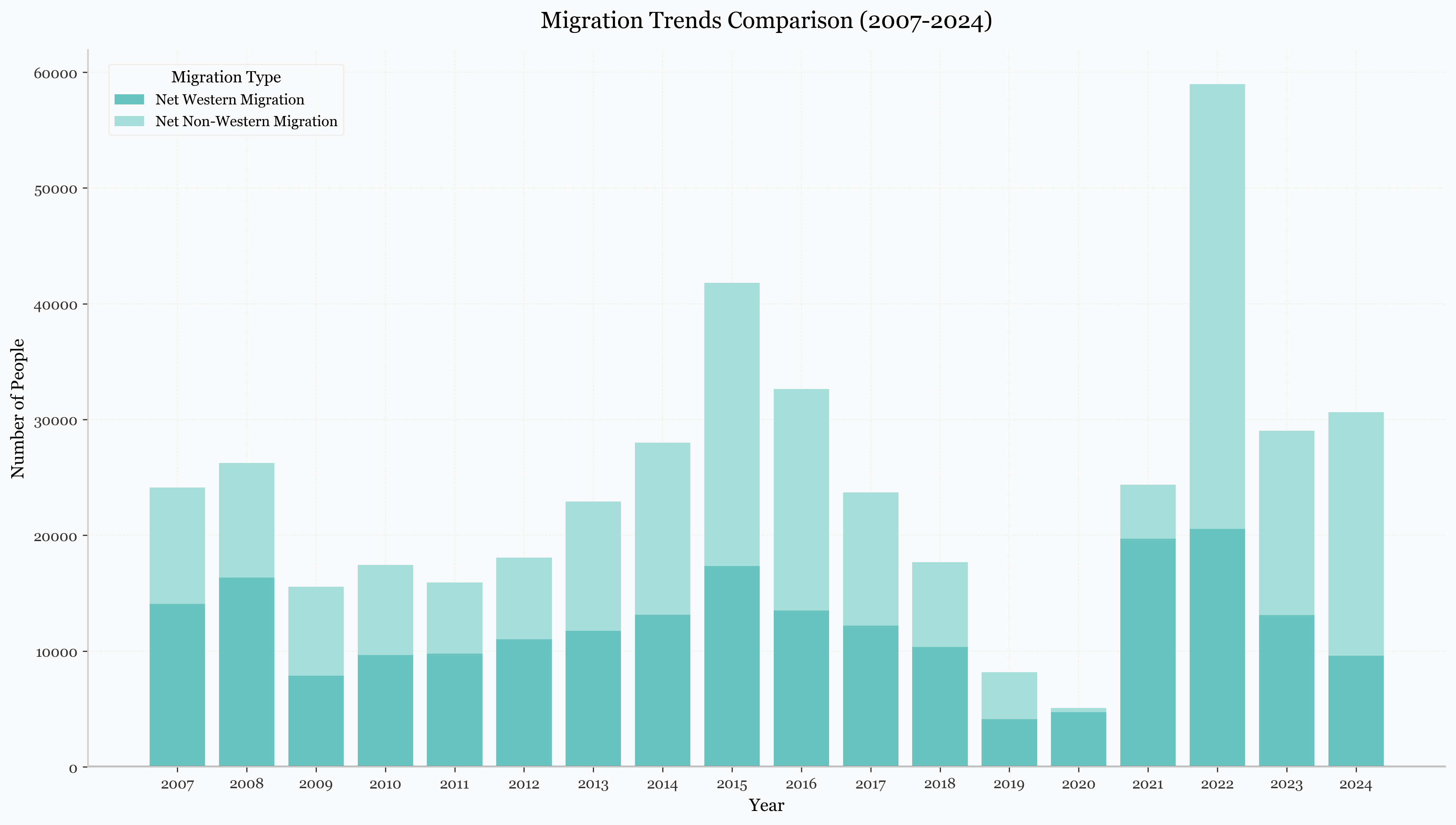This article is originally published by Science Report
“It is a big, big thing for Danish research in AI and for Danish research in general. It sounds really fantastic,” says Christian Igel, professor at the Department of Computer Science (DIKU) and head of the Science AI Centre, which is an interdisciplinary research center at the Faculty of Science.
The Novo Nordisk Foundation and Denmark’s Export and Investment Fund (EIFO) have entered into a collaboration with the American tech company NVIDIA to establish a national center for AI innovation that will house one of the world’s most powerful AI supercomputers.
This significantly raises the bar and our opportunities in Danish research.
Søren Hauberg, professor of computer science at DTU
And that is quite exceptional, say the reactions from AI researchers.
– There are two things that have dominated the development within AI in the past 10 years. More data and bigger computers. The models are becoming able to process more and more data, and therefore they need greater computer resources, says Søren Haurberg, professor of Computer Science at DTU, who continues:
– The tech giants are still on a completely different scale, but this significantly raises the bar and our opportunities in Danish research.
Denmark’s new supercomputer
Søren Haurberg sees particularly interesting perspectives in the intersection between pharma and AI, where the new supercomputer can accelerate the current, rather slow process of designing new proteins and enzymes.
It is also an area that Rasmus Steiniche, co-founder and CEO of the company Neurospace, points to. For artificial intelligence, statistical models are gradually gaining ground in many industries, and can therefore be of great help to researchers in carrying out unexpected tests in laboratories when, for example, they search for and develop new medicines.
– In Drug Discovery within life science, you can go from testing ten thousand things in laboratories to testing ten. This is done by using AI to search for possible combinations and report which ones look advantageous to test in a laboratory, says Rasmus Steiniche, who is an expert in machine learning, co-founder and CEO of the company Neurospace, and continues:
-An AI supercomputer has the capacity to find drugs faster. This is a huge competitive advantage.
This is where the supercomputer takes on particular importance
The AI supercomputer will be the first of its kind on Danish soil and is a gift to researchers and society in a wide range of areas from health to green transition. But we have asked the three researchers which research areas the supercomputer has the greatest potential to revolutionize. Together, they point to these five research areas with the greatest potential:
Life sciences
Molecular simulation that is cheaper and faster than laboratory experiments
Ecosystem monitoring and climate models
Language processing and large language models such as ChatGPT
Training of basic models that can be built on as a foundation, for example within language comprehension.
Read also: Chatbots can be a fine research assistant – but a worse climate-damaging one of its kind
Denmark on the map
Researchers from the public and private sectors in Denmark will be able to access the advanced NVIDIA AI supercomputer, which is optimized for large projects using AI, as well as NVIDIA’s world-leading hardware and software platforms, training and expertise, informs the Novo Nordisk Foundation.
There will thus be one central computer rather than all universities having to develop and run their own computers for different research areas, emphasizes Christian Igel.
It enables far more projects and the possibility of large-scale initiatives.
-I think it’s really important that we get this opportunity for large-scale AI. Now we can also properly train large language models and image generation models, monitor and simulate ecosystems on a large scale, and run large-scale molecular simulations,” says Christian Igel about the outlook for the supercomputer.
– So there are really, really many possibilities, and a lot of research fields will be able to profit from it. Of course computer science, but also biology, chemistry, physics, climate research, geology and so on, says the enthusiastic AI center manager.
A computer program called AlphaFold has, among other things, been able to map 350,000 proteins with AI, which is almost all proteins created in the human body and more. It opens up opportunities to develop new medicines and new treatments for diseases.
It will be worth its weight in gold for research here at home.
Søren Hauberg, professor of computer science at DTU
Meanwhile, Google’s subsidiary DeepMind has developed the AI model GNOME, which has found 421,000 stable crystals used for wilder electronics components for solar cells, better batteries, electric cars and superconductors for more efficient data processing. This is close to a 10-fold increase in the number of stable crystals that man has been able to find.
A supercomputer will make it possible for even more people to throw themselves into this kind of “material discovery” as well as drug discovery for e.g. new obesity agents such as Wegovy or insulin treatment, which Novo Nordisk itself is based on, highlights Rasmus Steiniche.
The level of ambition is raised
At the same time, it is a big gain for many industries that lack manpower and can now save effort and perhaps get an extra hand from outside.
– I think it means a lot for Denmark and puts us even more on the map for AI research. This will make it attractive for AI researchers to come to Denmark and do research. So it’s really, really good, emphasizes Christian Igel and adds:
-Investment in high-performance data processing, AI research and modern technology makes Denmark attractive for keeping talent in the field in this country.
According to Søren Hauberg, the arrival of the AI supercomputer will also fundamentally change the mindset of AI researchers. Until now, most research groups have had access to perhaps a handful of GPUs, which is a unit of measurement for AI computing.
This has meant that you have designed your models with the certainty that they will then have to be trained on hardware with strong limitations. This naturally places a limit on how good a model you can develop. By comparison, the new supercomputer will make around 1,500 GPUs available to Danish researchers. Hardware becomes much less of a limitation. Also mentally.
-The fact that in future I want to have the certainty that I can run my models on a much larger computer means that my level of ambition is growing. And it will be worth its weight in gold for research here at home.
A secure collaboration
It is also not without significance that it is on Danish soil, with Danish actors as the leaders and a technologically strong company like NVIDIA, emphasize the interviewed researchers. Christian Igel points out that with the Novo Nordisk Foundation and EIFO, it is ensured that the right guarantees can be provided, data security and Danish interests.
-Of course, it is better than moving data to some cloud-based computers where you do not know where it will be stored, says the center manager.
It is a good investment in and for Denmark.
Rasmus Steiniche, co-founder and CEO of the company Neurospac
The supercomputer will have the highest level of security and support Danish data sovereignty. When fully operational, it will therefore be able to be used in projects involving sensitive data. Furthermore, no data will be stored permanently in the centre, and users will have full control over their data at all times, says the foundation.
AI expert Rasmus Steiniche assesses that NVIDIA is currently the leader in the field.
– It is a good investment in and for Denmark. It’s a bit like having secured your own food production in what can roughly be called an AI race, where you have to have computer power to train on, he says.
There is a small “but” in the good news. Global data center provider Digital Realty will house the supercomputer in one of its AI-ready facilities in Denmark, where the data center is designed and built to be sustainable and runs on 100 percent renewable energy. Rasmus Steiniche doesn’t quite buy it.
AI and sustainability are a double-edged sword, he emphasizes. On the one hand, large-scale artificial intelligence costs enormous amounts of water for cooling and more electricity than the Danish electricity grid can cover with our renewable energy from the sun and wind. But on the other hand, AI can better manage energy, optimize production and find new medicines and materials for the green transition.
– The point is that AI can solve some of our climate problems. Then you can probably spend some CO2 quotas on it, but we will have to be aware of our responsibility and think about Green Computing.
This means green data processing, where energy efficiency is maximized and the environmental impact is minimized in the way computer chips, systems and software are designed and used.
.


